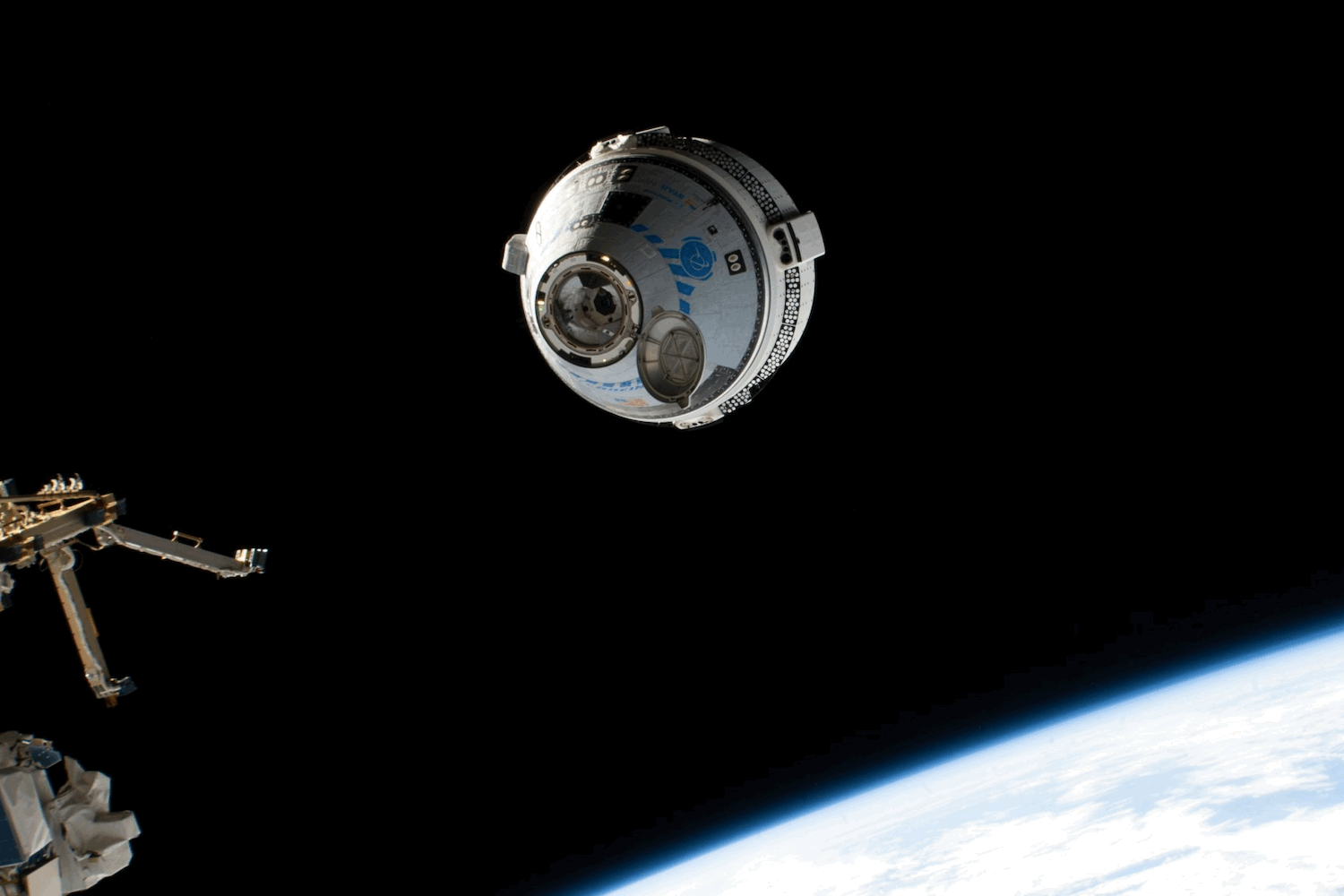Boeing's Starliner Won't Get to Fly This Year, but the Wonky Spacecraft Is Far From Dead

It’s been more than a year since Starliner’s failed test flight left a crew stranded in space, and Boeing’s spacecraft still isn’t ready to fly. In a recent update, NASA officials said they are working toward launching a mission aboard Starliner in 2026, and there probably won’t be any astronauts involved.
During a press briefing last week, Steve Stich, NASA’s commercial crew program manager, told reporters that Boeing is making several changes to its Starliner spacecraft to keep its thrusters from overheating, Ars Technica reported. Earlier this year, NASA revealed that it’s looking to launch another test flight for Starliner sometime in 2025, but that timeline may have shifted as the agency continues to work with Boeing to resolve the issues that plagued its first crewed test flight to the International Space Station (ISS).
It’s hard to believe that NASA is still discussing changes to the Starliner spacecraft after the program suffered so many hurdles from the start. The agency, however, is determined to have a second commercial taxi transporting its crew to the space station. In 2014, NASA awarded Boeing and SpaceX contracts as part of its Commercial Crew Program to develop spacecraft capable of carrying crew and cargo to the ISS. Unlike SpaceX, Boeing struggled to prove its spacecraft can get the job done.
Following years of delays and two less-than-ideal uncrewed flights to the ISS, Starliner launched NASA astronauts Butch Wilmore and Sunni Williams to the space station on June 5, 2024. On its way there, five of the spacecraft’s thrusters failed, and it developed five helium leaks, one of which was identified prior to liftoff. NASA deemed the spacecraft unfit to carry the astronauts back home and returned its crew on board SpaceX’s Dragon spacecraft instead. On September 6, 2024, Boeing’s Starliner undocked from the ISS and returned to Earth without a crew on board.
In the last update shared in March, NASA announced that it was “making progress toward crew certification of the company’s CST-100 Starliner system.” The space agency added that: “Joint teams are working to resolve Starliner’s in-flight anomalies and preparing for propulsion system testing in the months ahead as NASA plans for Starliner’s next flight.”
NASA had hoped that Starliner would launch its first operational mission by early 2025, but the agency is still working on changes to the spacecraft to avoid another malfunction. “We really are working toward a flight as soon as early next year with Starliner, and then ultimately, our goal is to get into crew rotation flights with Starliner,” Stich said during the recent briefing. “And those would start no earlier than the second crew rotation slot at the end of next year.”
Instead of using Starliner, NASA was forced to turn to SpaceX to launch its Crew-10 mission in March and has booked the company’s Dragon spacecraft for the launch of Crew-11 in July. Starliner’s upcoming flight to the ISS will likely be uncrewed, further delaying Boeing’s certification to launch astronauts to the space station.
The ISS is due to retire by 2030, leaving little room for Boeing to fulfill its end of the $4.3 billion Commercial Crew Program contract with NASA. The agency may still find a use for Starliner, as it plans to be involved with commercial space stations, becoming a customer of the private ventures set to launch to low Earth orbit. One thing is certain: NASA would really like to have two commercial entities flying its astronauts to space rather than solely relying on SpaceX.









